Musée d’Art Moderne de Paris reveals revamp by French architects h2o
Revelation respects heritage in this sensitive, subtle facelift
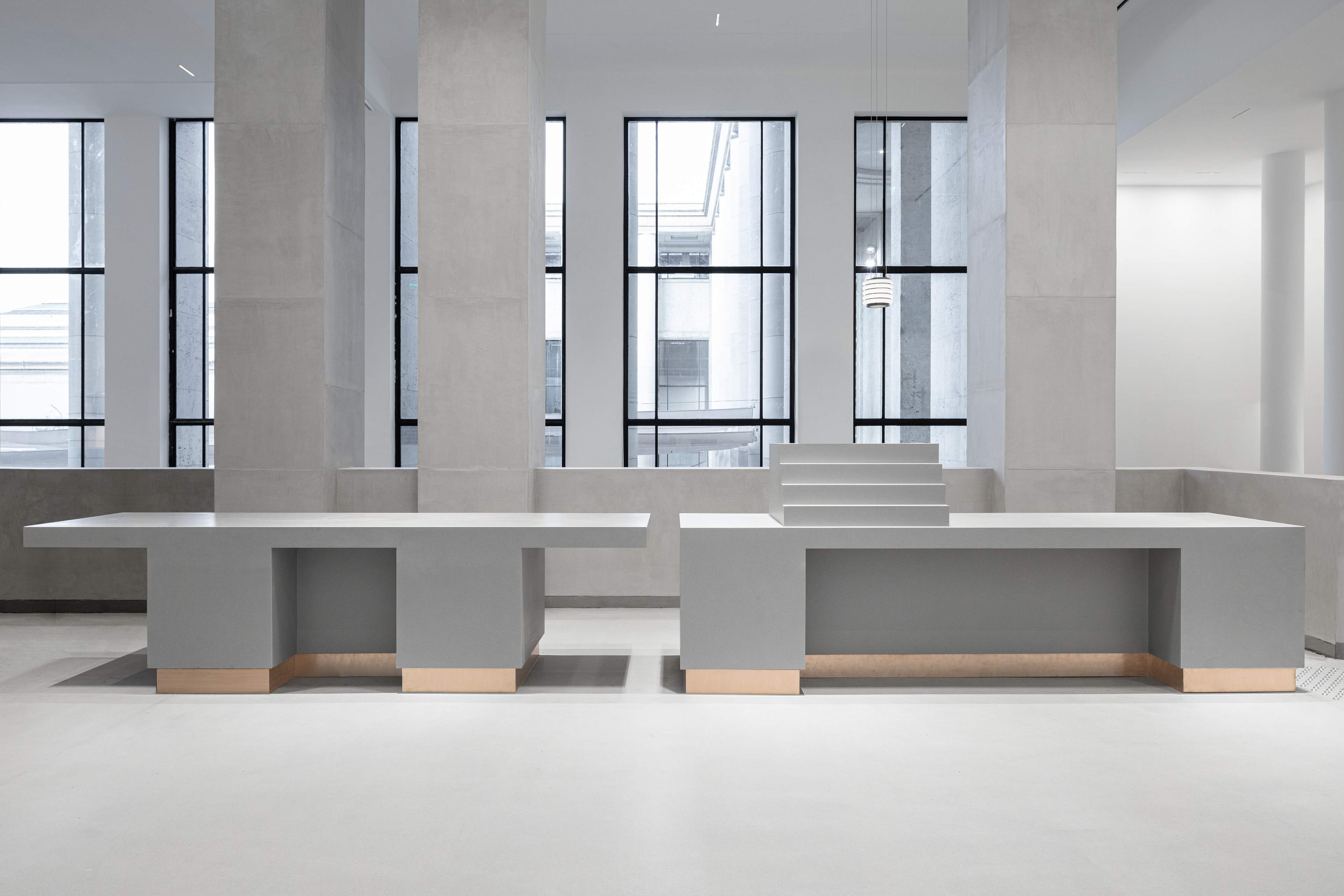
The Musée d'Art Moderne de la Ville de Paris has reopened – with a Hans Hartung retrospective – following a revamp by h2o Architectes in Paris; and the refurbishment, lasting three years, was worth the wait. The new design is an elegant exercise in heritage-respecting revelation.
The volume of the 6m high entrance hall has been enhanced; walls that obstructed views to the exterior have been stripped away; new concrete mezzanine spaces have been created. This all makes the ground floor seem more open, fluid and contemporary. Yet the myriad of changes for the €10m facelift are so understated that they might go unnoticed.
‘We've made some surgical interventions and other changes that are more visible and useful,' Antoine Santiard from h2o says. ‘We wanted to liberate the maximum amount of space and strengthen the interior-exterior relationship but if people don't see that it's new, we find that good!'
Santiard worked on the ambitious project with Jean-Jacques Hubert, his partner at h2o. To win the commission, the studio was required to submit a descriptive document detailing their vision rather than architectural plans. Having already developed interstitial spaces at the Louvre, h2o approached the brief with historical sensitivity.
They began by studying photos and plans by the four architects, Jean-Claude Dondel, André Aubert, Paul Viard and Marcel Dastugue, that had designed the Art Deco building and the Palais de Tokyo in 1937 for the International Exhibition of Arts and Techniques in Modern Life. Since then, several other architects had intervened, cluttering the space and partly concealing the windows that look out to the Palais de Tokyo, Santiard says.
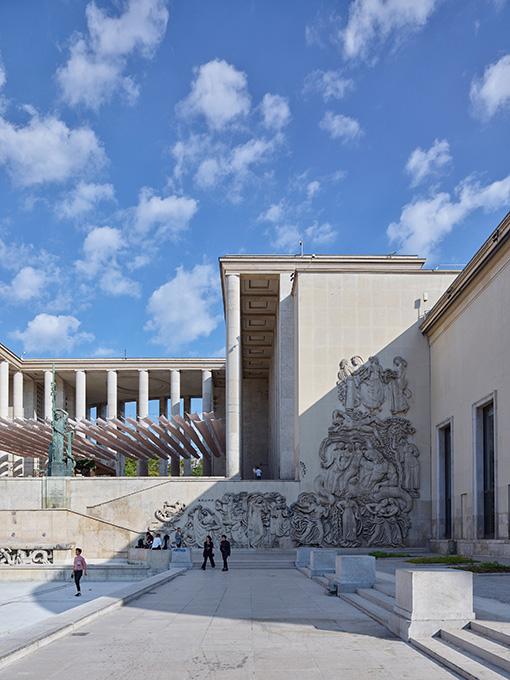
‘It was almost like the work of an archaeologist to understand what had been added, what was original and where we could intervene,' he explains. ‘The building was like a millefeuille,' says Gaëlle Gabillet from Studio GGSV in Paris that designed the furniture, referring to the multi-layered French pastry dessert.
The biggest change is the two sweeping mezzanine spaces of differing heights – one of which will be used to welcome groups – in the entrance hall. ‘We wanted them to be like balconies at the opera, where people like to see and be seen,' Santiard says, adding that they provide greater visibility of the permanent collection in the basement.
The museum remained open throughout most of the renovation period with visitors using a temporary entrance; builders were tearing down walls while the museum was operational. Other changes include ventilation improvements throughout, such as in the rooms displaying monumental murals by Raoul Dufy and Matisse, and greater wheelchair accessibility.
H2o teamed up with Studio GGSV (Gabillet and Stéphane Villard) who have designed curvilinear ‘phantom furniture' for the visitor information desk in concrete and brass, suspended lights formed from five white, circular rings and black, geometric Rietveld-evoking chairs.
‘The lights recall those made from white metal tubes in 1937 that we reinterpreted and made contemporary,' Gabillet says. ‘Our desire was to domesticate the place and bring the idea of the object back into a museum dedicated to art. It's as if the ghosts of 1937 have appeared!'
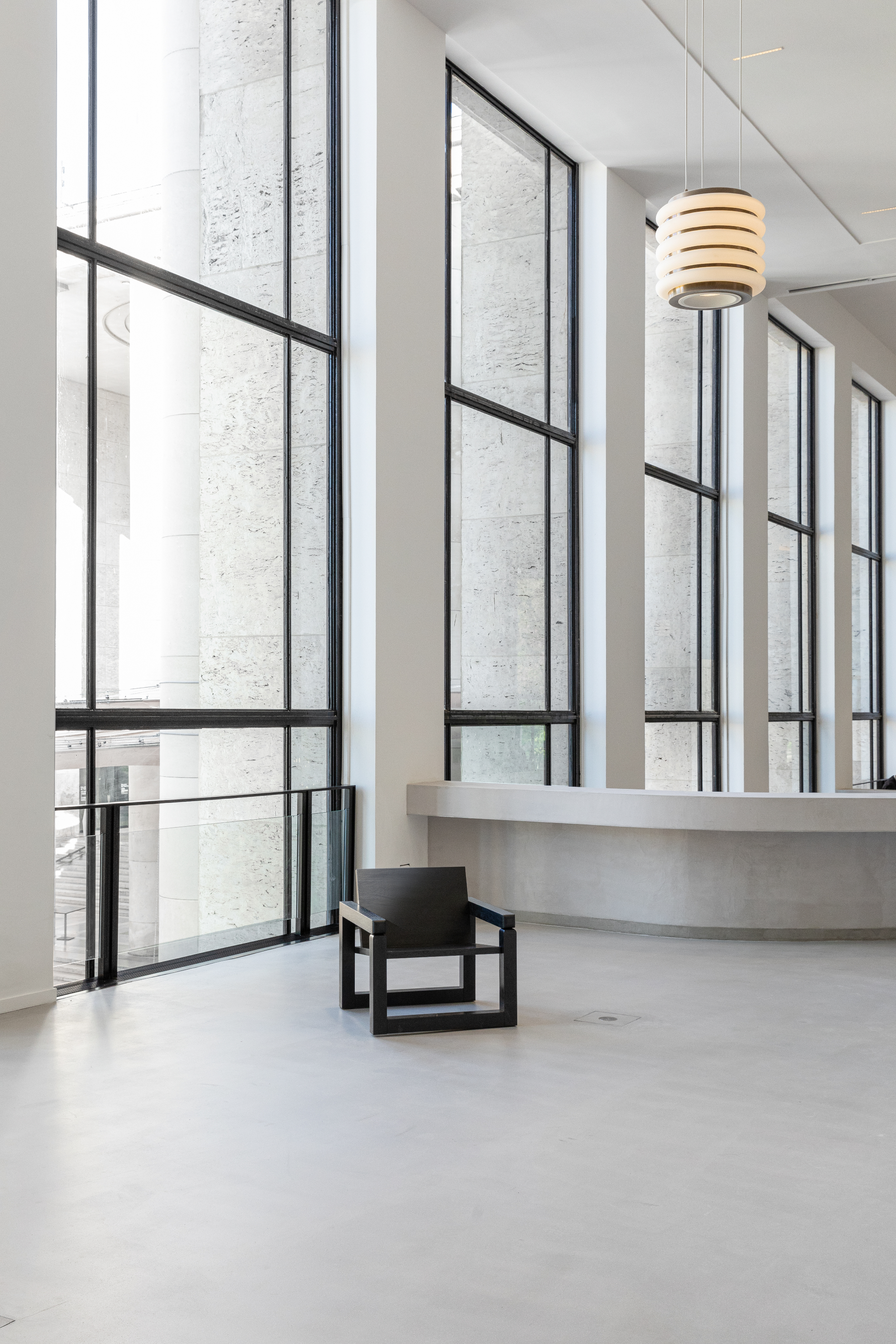
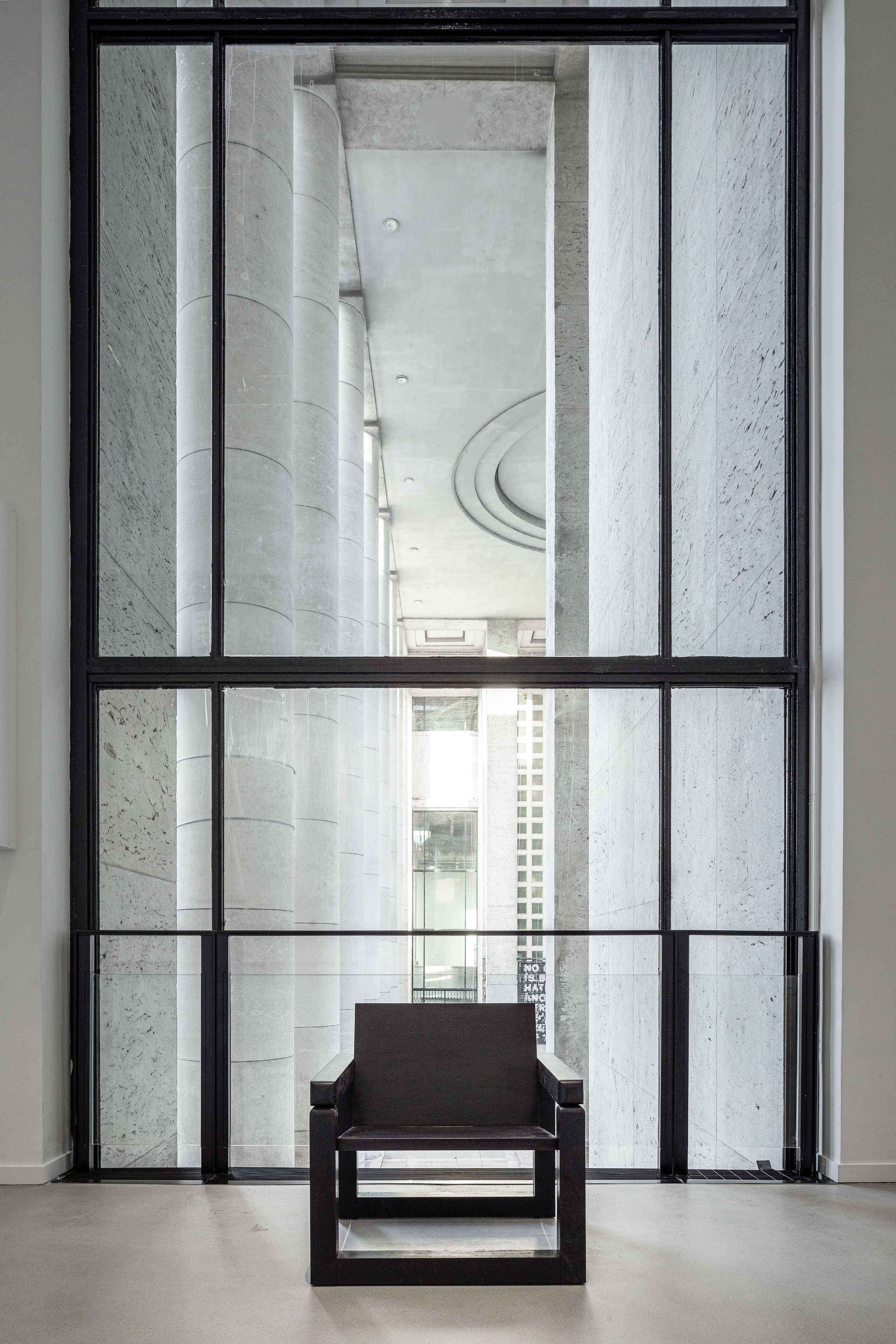
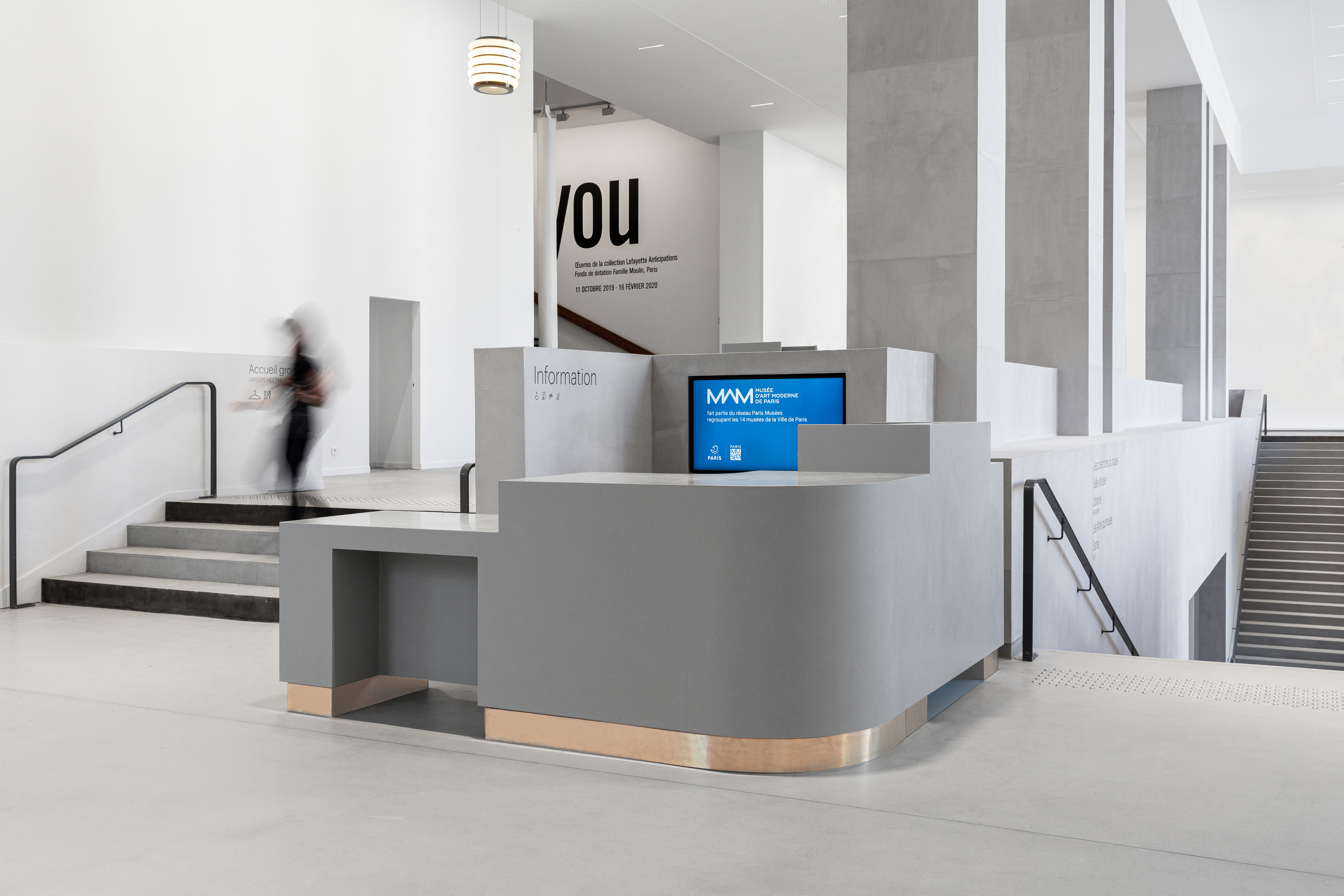
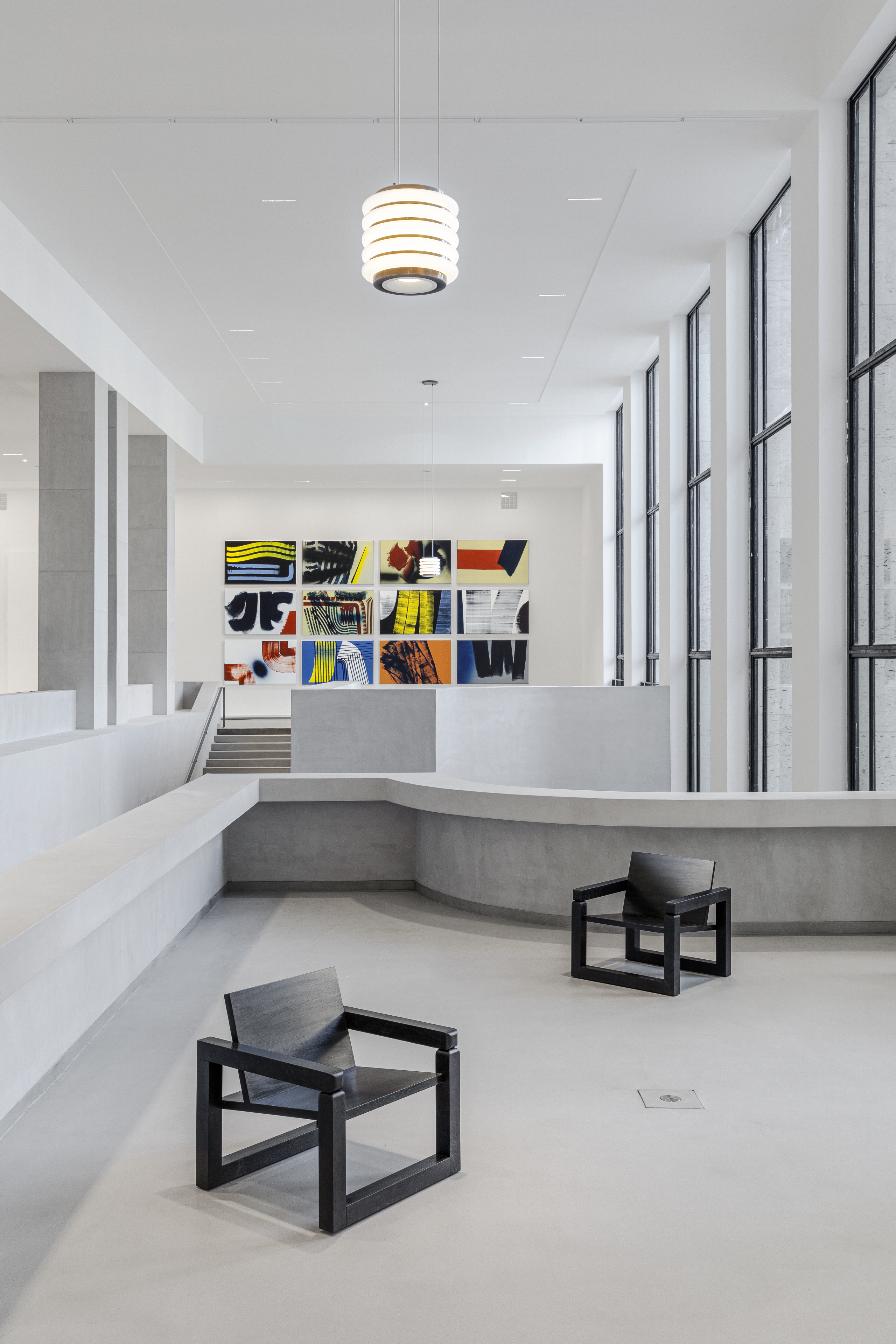
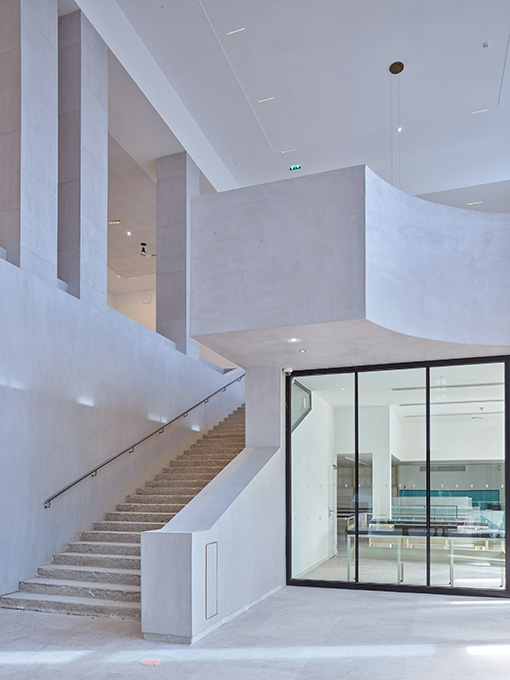
INFORMATION
Wallpaper* Newsletter
Receive our daily digest of inspiration, escapism and design stories from around the world direct to your inbox.
-
 All-In is the Paris-based label making full-force fashion for main character dressing
All-In is the Paris-based label making full-force fashion for main character dressingPart of our monthly Uprising series, Wallpaper* meets Benjamin Barron and Bror August Vestbø of All-In, the LVMH Prize-nominated label which bases its collections on a riotous cast of characters – real and imagined
By Orla Brennan
-
 Maserati joins forces with Giorgetti for a turbo-charged relationship
Maserati joins forces with Giorgetti for a turbo-charged relationshipAnnouncing their marriage during Milan Design Week, the brands unveiled a collection, a car and a long term commitment
By Hugo Macdonald
-
 Through an innovative new training program, Poltrona Frau aims to safeguard Italian craft
Through an innovative new training program, Poltrona Frau aims to safeguard Italian craftThe heritage furniture manufacturer is training a new generation of leather artisans
By Cristina Kiran Piotti
-
 The Yale Center for British Art, Louis Kahn’s final project, glows anew after a two-year closure
The Yale Center for British Art, Louis Kahn’s final project, glows anew after a two-year closureAfter years of restoration, a modernist jewel and a treasure trove of British artwork can be seen in a whole new light
By Anna Fixsen
-
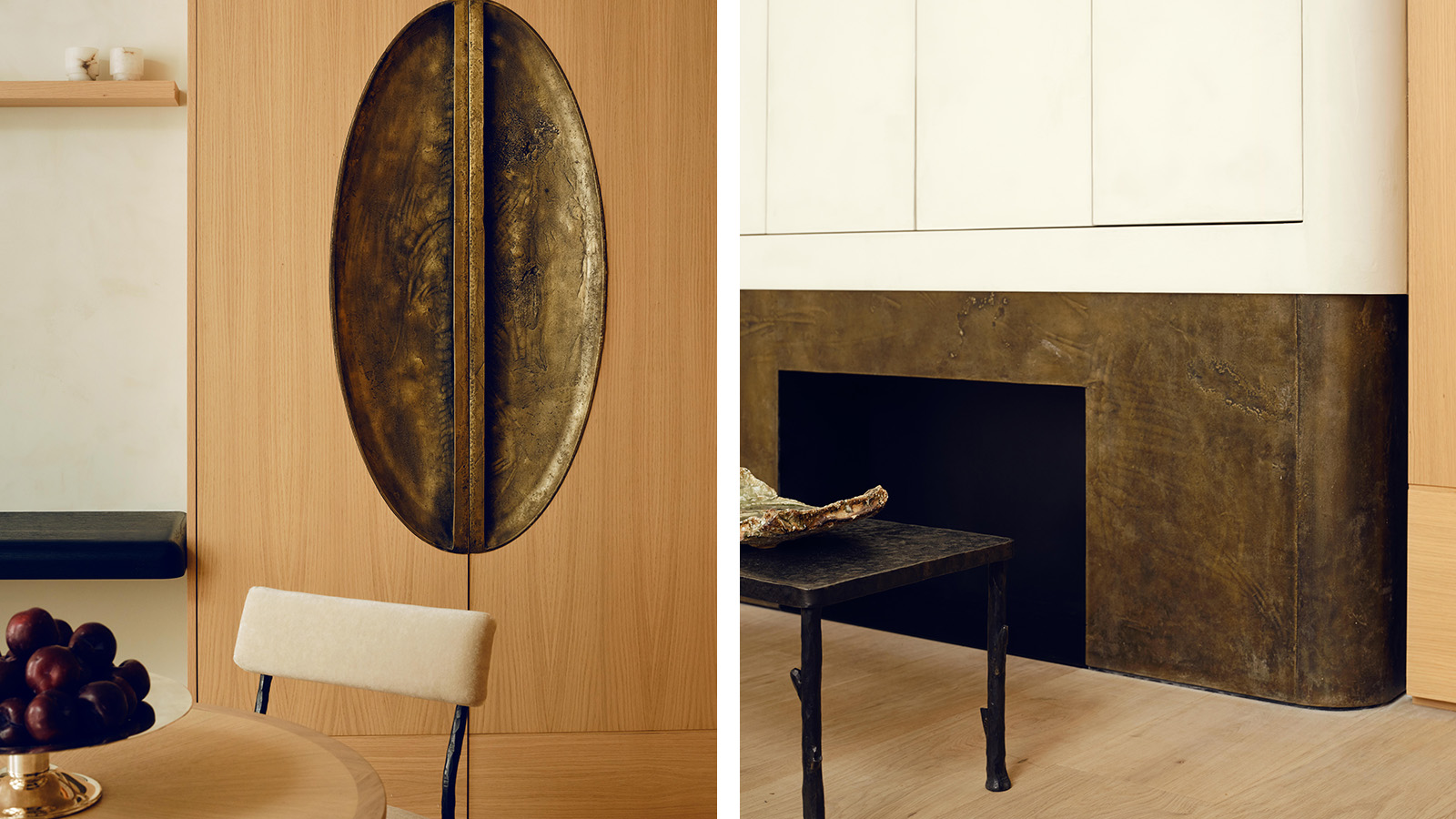 Stay in a Parisian apartment which artfully balances minimalism and warmth
Stay in a Parisian apartment which artfully balances minimalism and warmthTour this pied-a-terre in the 7th arrondissement, designed by Valeriane Lazard
By Ellie Stathaki
-
 You’ll soon be able to get a sneak peek inside Peter Zumthor’s LACMA expansion
You’ll soon be able to get a sneak peek inside Peter Zumthor’s LACMA expansionBut you’ll still have to wait another year for the grand opening
By Anna Fixsen
-
 Marta Pan and André Wogenscky's legacy is alive through their modernist home in France
Marta Pan and André Wogenscky's legacy is alive through their modernist home in FranceFondation Marta Pan – André Wogenscky: how a creative couple’s sculptural masterpiece in France keeps its authors’ legacy alive
By Adam Štěch
-
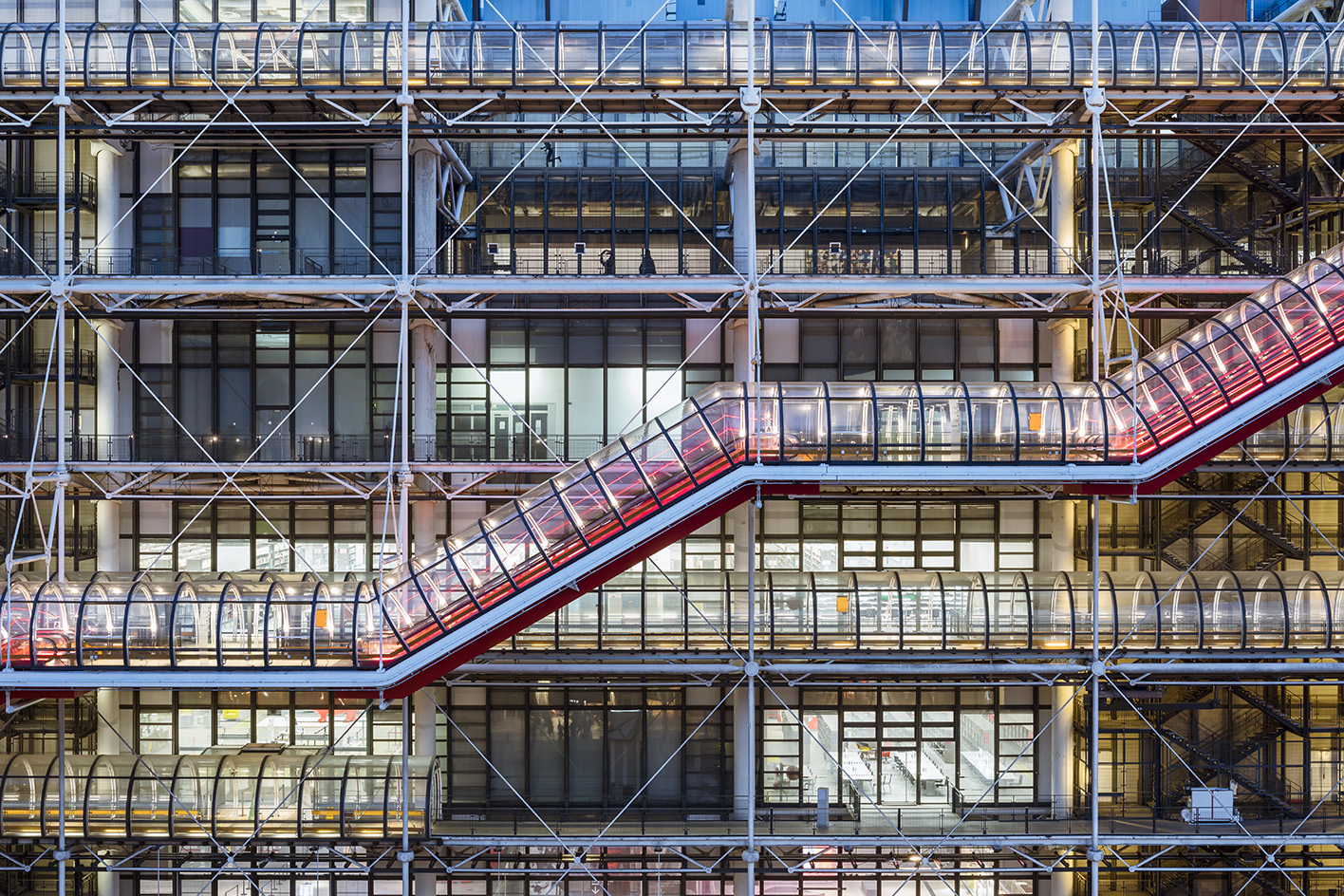 The museum of the future: how architects are redefining cultural landmarks
The museum of the future: how architects are redefining cultural landmarksWhat does the museum of the future look like? As art evolves, so do the spaces that house it – pushing architects to rethink form and function
By Katherine McGrath
-
 NYC's The New Museum announces an OMA-designed extension
NYC's The New Museum announces an OMA-designed extensionOMA partners including Rem Koolhas and Shohei Shigematsu are designing a new building for Manhattan's only dedicated contemporary art museum
By Anna Solomon
-
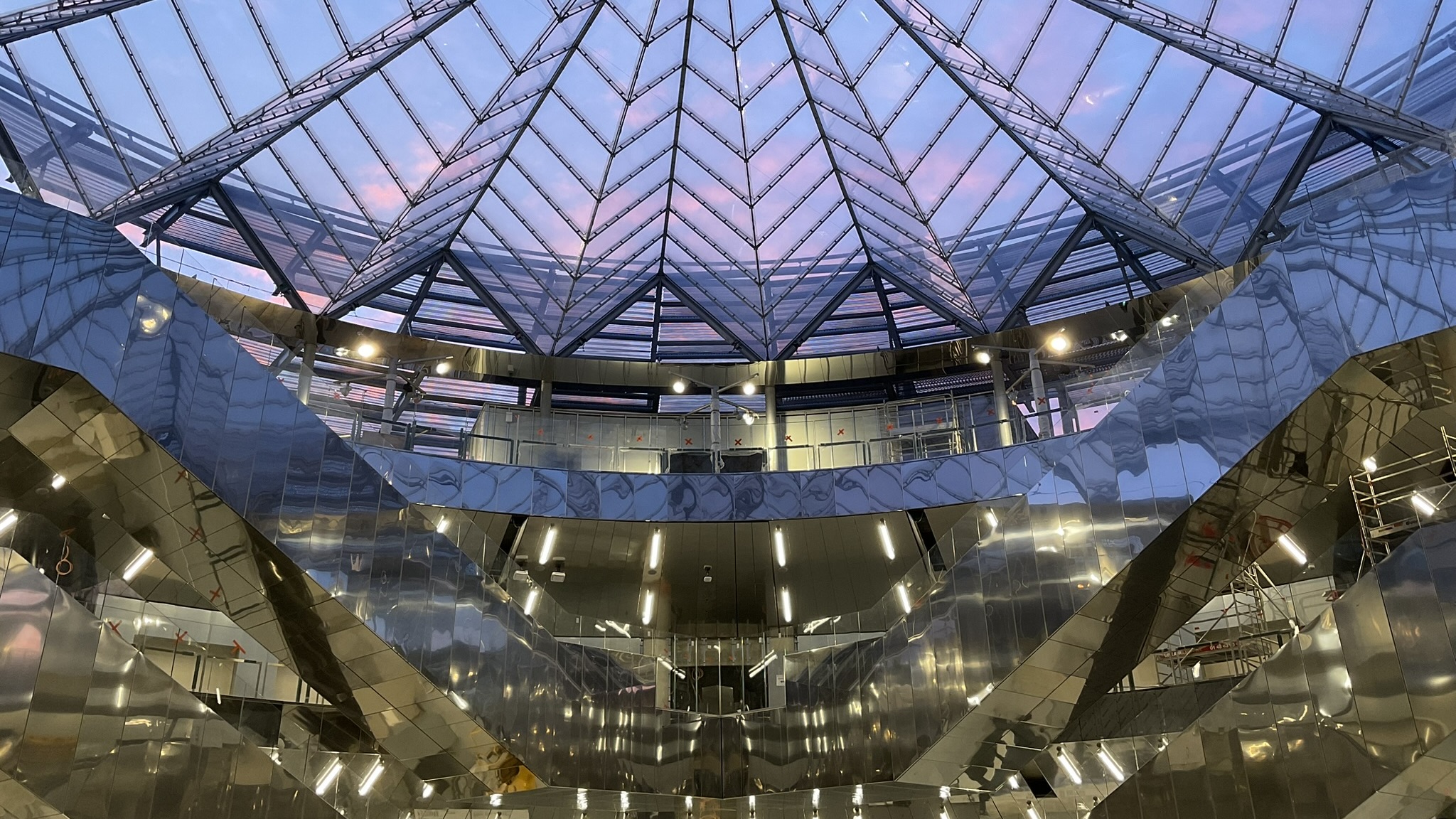 Paris’ architecturally fascinating Villejuif-Gustave Roussy metro station is now open
Paris’ architecturally fascinating Villejuif-Gustave Roussy metro station is now openVillejuif-Gustave Roussy is part of the new Grand Paris Express, a transport network that will raise the architectural profile of the Paris suburbs
By Anna Solomon
-
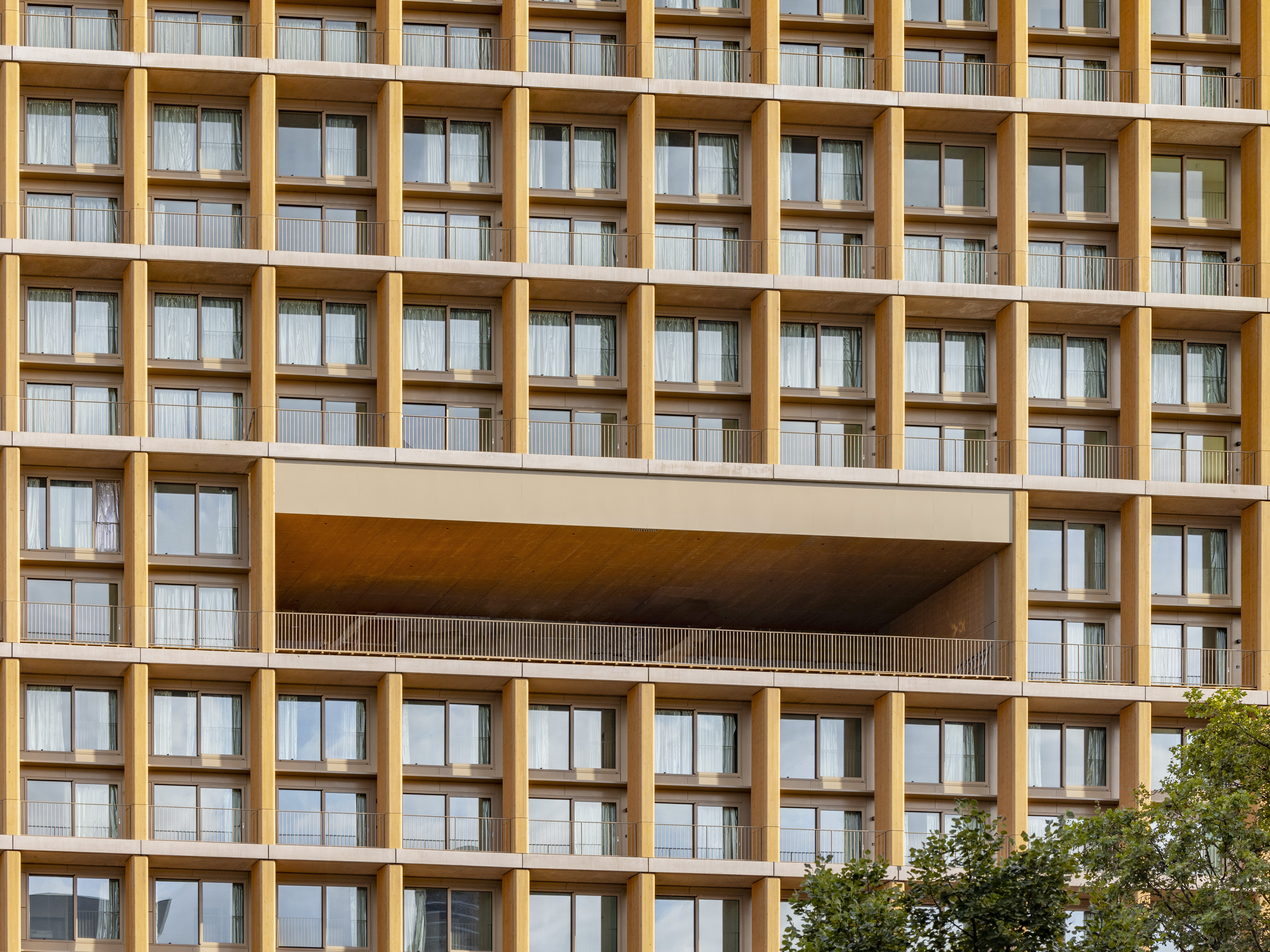 Explore wood architecture, Paris' new timber tower and how to make sustainable construction look ‘iconic’
Explore wood architecture, Paris' new timber tower and how to make sustainable construction look ‘iconic’A new timber tower brings wood architecture into sharp focus in Paris and highlights ways to craft buildings that are both sustainable and look great: we spoke to project architects LAN, and explore the genre through further examples
By Amy Serafin